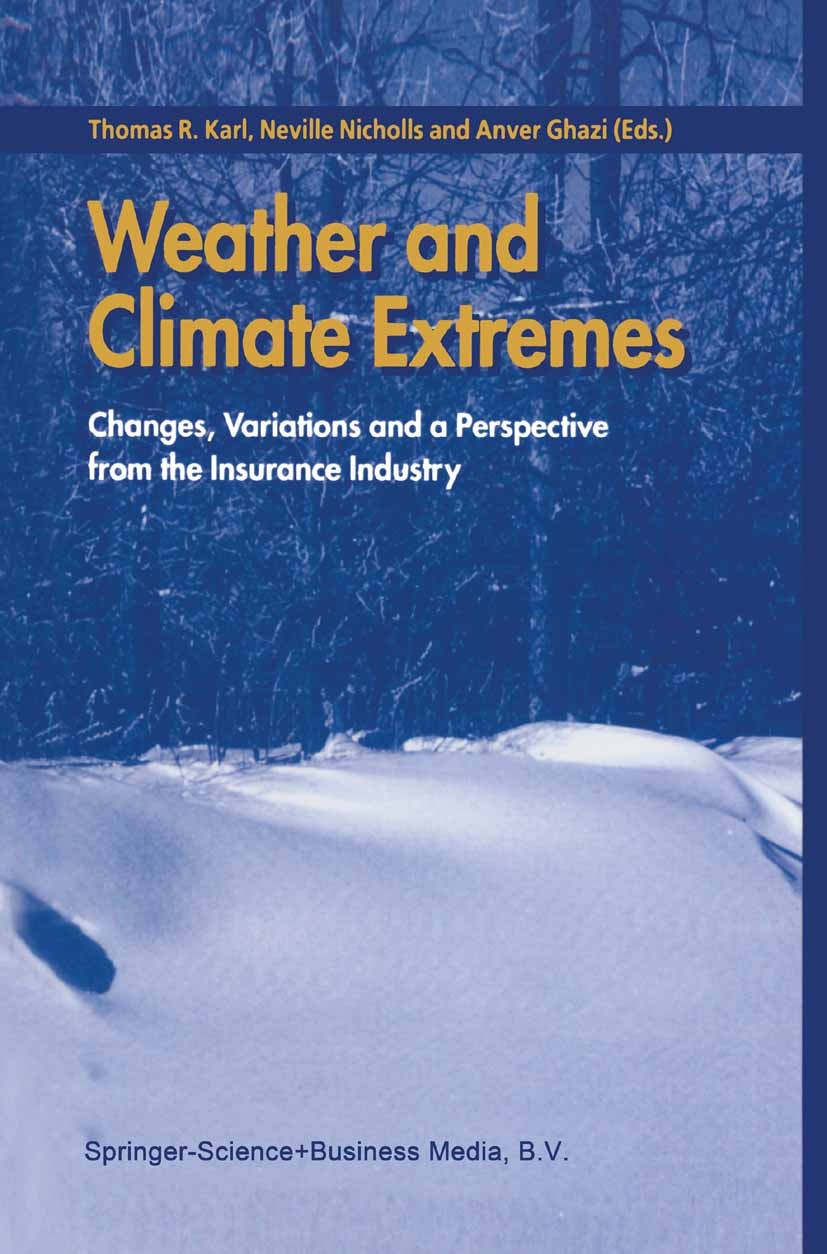Seasonality in atmospheric circulation patterns leading to wet and dry seasons in southeast Australia and implications for droughts
IF 6.9
1区 地球科学
Q1 METEOROLOGY & ATMOSPHERIC SCIENCES
引用次数: 0
Abstract
Southeastern Australia has experienced two major droughts in recent decades: the Millennium Drought that started in 1997 and lasted for more than a decade and the Tinderbox Drought (2017–2019) that was shorter but more intense. As has been reported by previous studies, the termination of droughts in semi-arid regions effectively happens after very wet events at monthly-to-seasonal time scales. Building on this finding, the paper reviews the drivers of very wet events in southeastern Australia across different seasons. From the start of autumn till the end of spring, the rainfall in southeast Australia is significantly correlated with the moisture over the Maritime continent, which may be modulated by the Indian Ocean Dipole (IOD) in winter and spring, or other processes such as the Madden-Julian Oscillation in the warmer months. It is shown that tropical convection interacts with extratropical Rossby waves enhancing low-pressure anomalies that help transport moisture into southeastern Australia, thereby contributing to increased rainfall from April to November. Warm season rainfall anomalies show no direct link to large-scale drivers. By considering these relationships, the study explores the large-scale conditions during the Millennium and Tinderbox Droughts to understand why wet events at subseasonal to seasonal time scales were absent during those periods. It is proposed that the Millennium Drought was promoted by the positive phase of the Atlantic Multidecadal Oscillation, which may affect low-frequency rainfall variability in southeast Australia by modulating the relationship between the IOD and the moisture over the Maritime continent, especially during the early cool season. This approach doesn't fully elucidate the severity of rainfall anomalies; rather, it focuses on understanding the termination of droughts.
导致澳大利亚东南部旱季和雨季的大气环流模式的季节性及其对干旱的影响
近几十年来,澳大利亚东南部经历了两次重大干旱:1997年开始的千年干旱持续了十多年,以及时间较短但更严重的火药箱干旱(2017-2019)。正如以前的研究所报告的那样,半干旱地区干旱的结束实际上发生在非常潮湿的事件之后,从月到季节的时间尺度。在这一发现的基础上,论文回顾了澳大利亚东南部不同季节非常潮湿事件的驱动因素。从秋初到春末,澳大利亚东南部的降水与海洋大陆的湿度有显著的相关性,这可能受到冬季和春季印度洋偶极子(IOD)的调节,或者在温暖的月份受到其他过程(如Madden-Julian涛动)的调节。研究表明,热带对流与温带罗斯比波相互作用,增强了低压异常,帮助将水汽输送到澳大利亚东南部,从而导致4月至11月降水增加。暖季降雨异常与大规模驱动因素没有直接联系。通过考虑这些关系,该研究探索了千年干旱和火绒箱干旱期间的大尺度条件,以了解为什么在这些时期没有亚季节到季节性时间尺度的潮湿事件。结果表明,大西洋多年代际涛动的正相促进了千年干旱的发生,并可能通过调节IOD与海洋大陆水汽的关系,特别是在凉爽季节早期,影响澳大利亚东南部的低频降水变率。这种方法并不能完全阐明降雨异常的严重程度;相反,它侧重于了解干旱的终止。
本文章由计算机程序翻译,如有差异,请以英文原文为准。
求助全文
约1分钟内获得全文
求助全文
来源期刊

Weather and Climate Extremes
Earth and Planetary Sciences-Atmospheric Science
CiteScore
11.00
自引率
7.50%
发文量
102
审稿时长
33 weeks
期刊介绍:
Weather and Climate Extremes
Target Audience:
Academics
Decision makers
International development agencies
Non-governmental organizations (NGOs)
Civil society
Focus Areas:
Research in weather and climate extremes
Monitoring and early warning systems
Assessment of vulnerability and impacts
Developing and implementing intervention policies
Effective risk management and adaptation practices
Engagement of local communities in adopting coping strategies
Information and communication strategies tailored to local and regional needs and circumstances
 求助内容:
求助内容: 应助结果提醒方式:
应助结果提醒方式:


